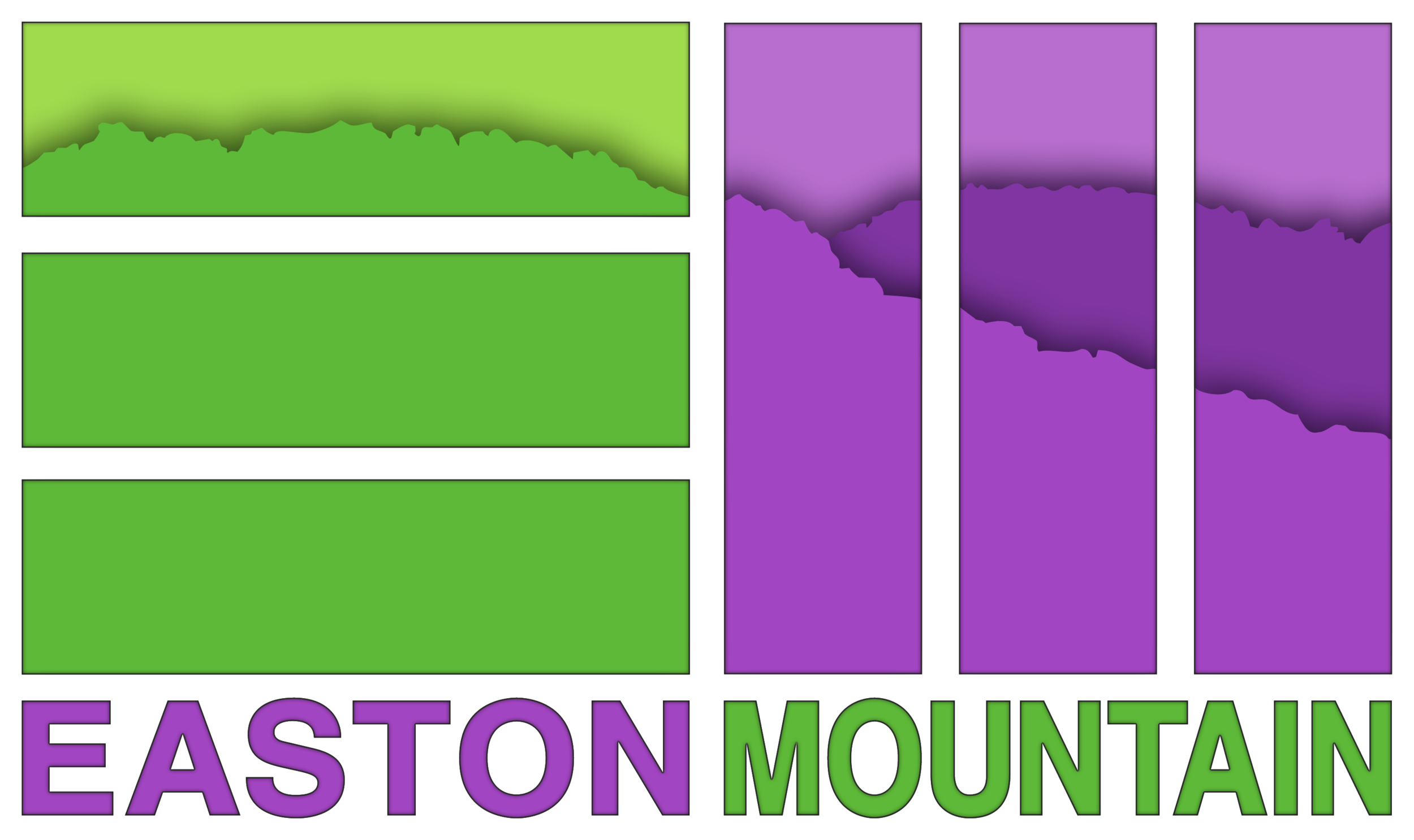Flashback Friday - Episode 43: Sunfire Recalls Planting Potatoes
In January of 2009, David Armbruster and I attended the New York convention of the Northeast Organic Farmers Association. David was our gardener at that time, the one who created in the High Meadow his magnificent vision of flowers, herbs and vegetables. While at the convention, I learned of a program sponsored by Cornell University whereby farmers and gardeners can get seed potatoes in return for keeping careful records and filing reports on the yield, flavor, and any problems growing the potatoes.
Late in the spring of the year, at business meeting, I announced the arrival of Teena, Eva, Milla, Chieftan, and El Capitano - none of whom would be taking up beds in the guest house, as they would all be in a bed in the garden.
Teena, Eva, etc. were, of course, types of seed potatoes, one hundred twenty in all; and their bed was one hundred feet of garden bed - three feet wide with one row of potatoes down the middle and a row of bush beans on each side and a few marigolds interspersed in the beds to repel nematode worms.
It was a wet summer, and about mid-summer we began to get disturbing reports of blight. In September, I was away from Easton Mountain leading a retreat in Scotland. When I returned, I learned that all our potato and tomato plants had died. What we were able to harvest were, for the most part, new potatoes - the small size often regarded as a delicacy. The variety known as Eva resisted the blight for about a week after the onset of the disease, but it too succumbed. This variety produced twenty-five pounds fist-sized potatoes; all other varieties were much smaller.
I applied the next year for more seed potatoes, but even though my application had made the deadline, I received word that they had fewer seed potatoes this year and so I wouldn't get any. That was the last year that seed potatoes were available under this program.

